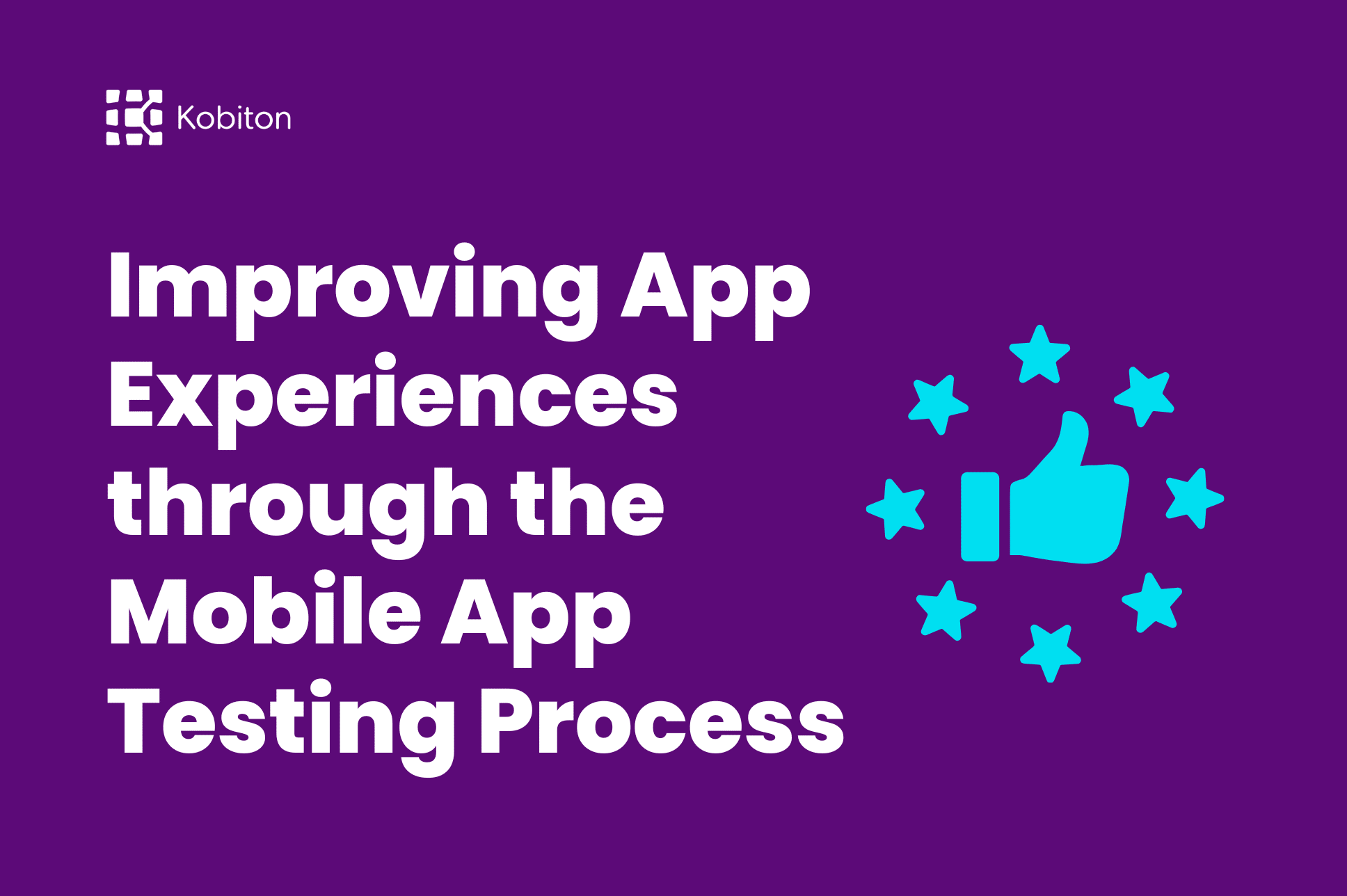
Improving App Experiences through the Mobile App Testing Process

Cara Suarez
APIs have become commonplace for mobile and app development to seamlessly integrate with other services. They are a convenient mechanism for connecting two software components in defined ways. When your service is connected with an API, it’s possible to open it up to a whole new host of functions and benefits. Read on to learn the answer to “what is API testing?”.
Short for Application Programming Interface, an API is a way to connect two applications. It is usually integrated as a contract where specific protocols are sent and received between them.
APIs are usually designed as a sequence between a client and a server. The client is responsible for sending requests, while the server receives and responds to those requests.
An API acts as a middle layer for your application where it isn’t a part of the UI but isn’t also in the database. Instead, it’s purely a way to communicate and exchange data between different software.
For an API to become a part of your app, API testing must play a vital role. As the name implies, API testing serves as a way to ensure that various aspects of an API are working as intended. This includes performance, security, functionality, and reliability. It’s a bit technical but essential for an app’s success.
Implementing testing methods like automated API testing will be faster and much more convenient for your team to deploy a fully realized app in a short time.
When a tester gets involved with APIs, there’s a strong emphasis on validating the logic behind an application. It’s done in a way that looks beyond visuals or UI. The core service layer is where an API resides in an application.
API testing is where the main focus exists when applying continuous and functionality testing principles to your testing strategies.
With API testing, your team can get a better feel for how the business logic is sequenced, security, limitations, and the overall architecture of your application.
In the long term, it can save your team from loss of revenue, delays, unprecedented downtimes, and reworks.
When dealing with the fast-paced world of app development, having some of your testing in an automated environment can lift a lot of worry off the shoulders of your team members—allowing them to focus on delivering a high-quality API rather than putting out fires.
API testing with Kobiton provides a solid resource for carrying out tests across multiple devices. By providing support for Appium, a powerful tool for mobile automation, Kobiton allows you to implement automation testing. All you require is the Kobiton API; you’ll have access to your team’s testing activities and comprehensive logs.
API testing is not language-dependent, so even the non-technical members of your team will be carried along on the results of a test. Results are usually presented in either JSON or XML formats. With either one, you can view structured data and even compare this data with built-in libraries used by some API testing services.
API testing does a fantastic job at helping ensure that your organization’s test coverage is wider than ever while keeping some valuable resources from being spent on unnecessary development roadmaps. During development, you can perform tests for security, stability, and effectiveness and see how the business logic is applied in real-time.
If an API test fails, you can easily detect the source of the problem without tearing down your program. This is amazing, as API tests only cover a smaller part of the program. Therefore, your DevOps teams can measure the MTTR stats as a way to show the effectiveness of your bug fixes.
App development requires a keen focus on security to protect your organization and users from external threats. With API testing, it’s far more convenient to focus on the API application and check out every aspect of its design. This includes the encryption methods, control structure, permissions, user data, and how authorization is implemented.
Apps are designed for many users to engage with at once. However, developers also recognize that regular averages are expected daily. There are also moments when an unprecedented number of users may decide to engage with your service simultaneously.
In such moments, your API needs to be able to handle all users at once without sacrificing its performance. When an app can work well during peak conditions, it’s a great thing for all development team members.
Sometimes, apps encounter moments where the system is being fed “noise” or random, unintended data. If an app can stay stable through this worst-case scenario, it helps with its integrity. Fuzz testing in automated API testing works because it’s a way to put your app through the most random and intense data sequence. If it can successfully detect the negative activity and prevent a crash, the API will be stable.
You should conduct unit testing to confirm that single requests receive the appropriate response(s). This type of testing is usually carried out manually and can even be executed with your command line. However, they can also be automated with tools.
This form of testing is designed to see if inexperienced users can gain full access to the API’s functions, processes, and implementation. This is done to ensure that the API is not easily breached from an outsider’s perspective.
With API Testing forming a part of your continuous integration and continuous delivery process, you should pay close attention to certain aspects of its use.
It’s nice to have a successful test in relation to your API. At the same time, though, having a record of your test results can help with any confusion that arises with errors in the future. If you’ve created a library of all the requests and responses given during API testing, it’s much easier to track down the source of an error.
Some services offer robust tools for this exact purpose, especially on mobile. You should engage with automated API testing and other detailed ways to ensure your app follows a streamlined business logic. All the teams in your organization should also be able to follow up with API test results a lot better when API testing tools are involved.
With a focus on simplified mobile testing methods, Kobiton is precisely what you need for an API. This tool uses real device testing and the power of manual and automated testing to ensure that your team’s CI/CD goes smoothly.
Kobiton’s API is built-in with automation, allowing your team to download all testing activity logs, including the real-device testing results, a list of cloud devices, and other relevant information.
As you can see, API testing is vital when developing and refining mobile applications, and should be considered when preparing to launch an app. In order to ensure top performance, thorough testing should take place at each stage of the process.
From validating a response to propagating results from one end-point to another and all other types of testing in between—there’s no shortage of best practice checklists that must be carefully followed during successful API testing.
When the stakes are high for a seamless, functional mobile experience for users, turning to professionals like Kobiton for help with API testing is often the most productive choice. Don’t delay; contact our experts today—they’re standing by and ready to assist in improving your m